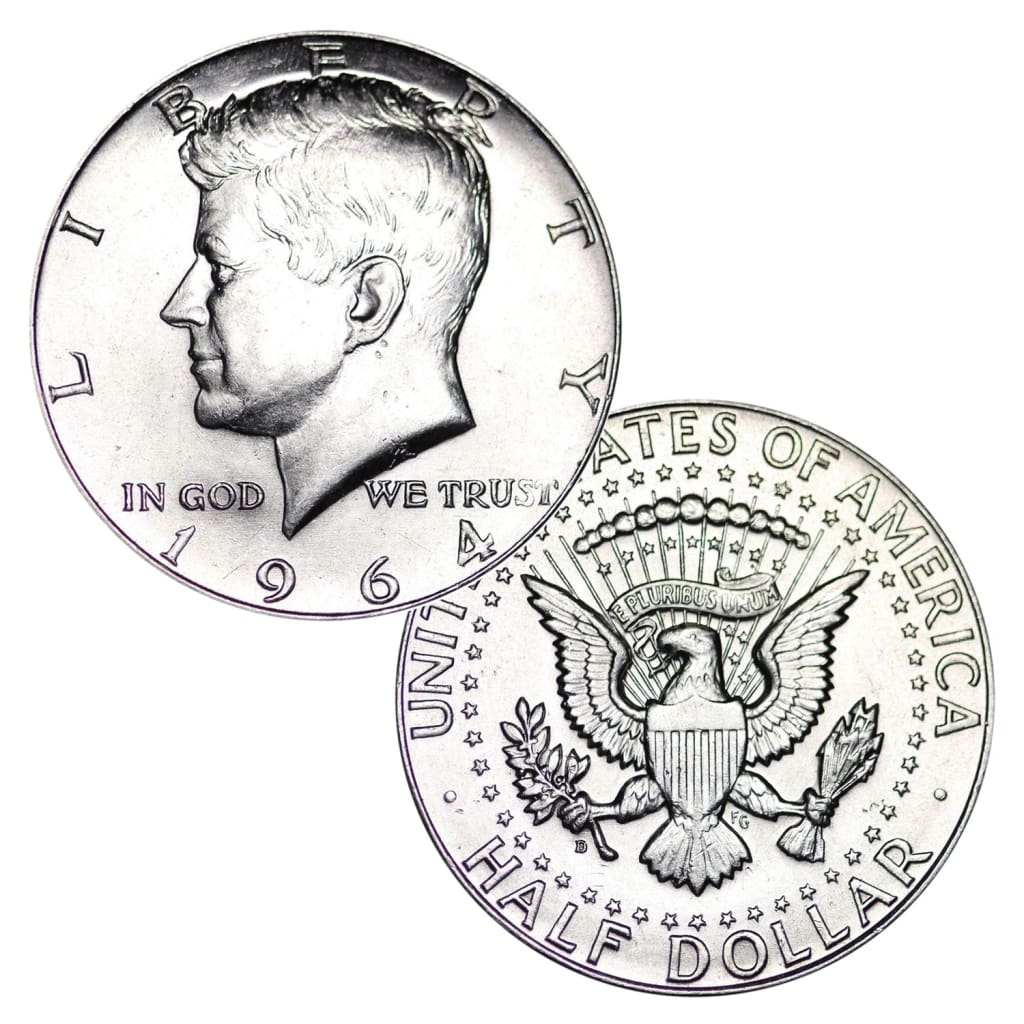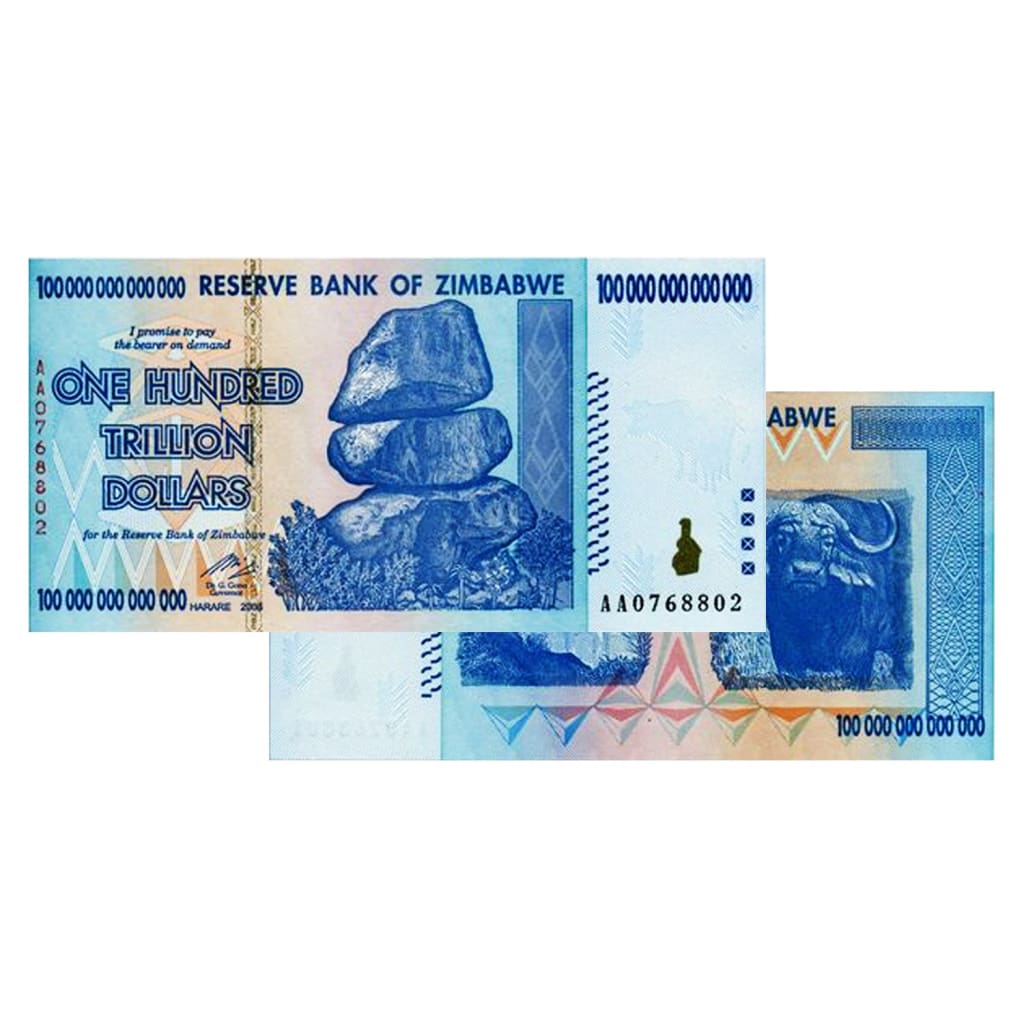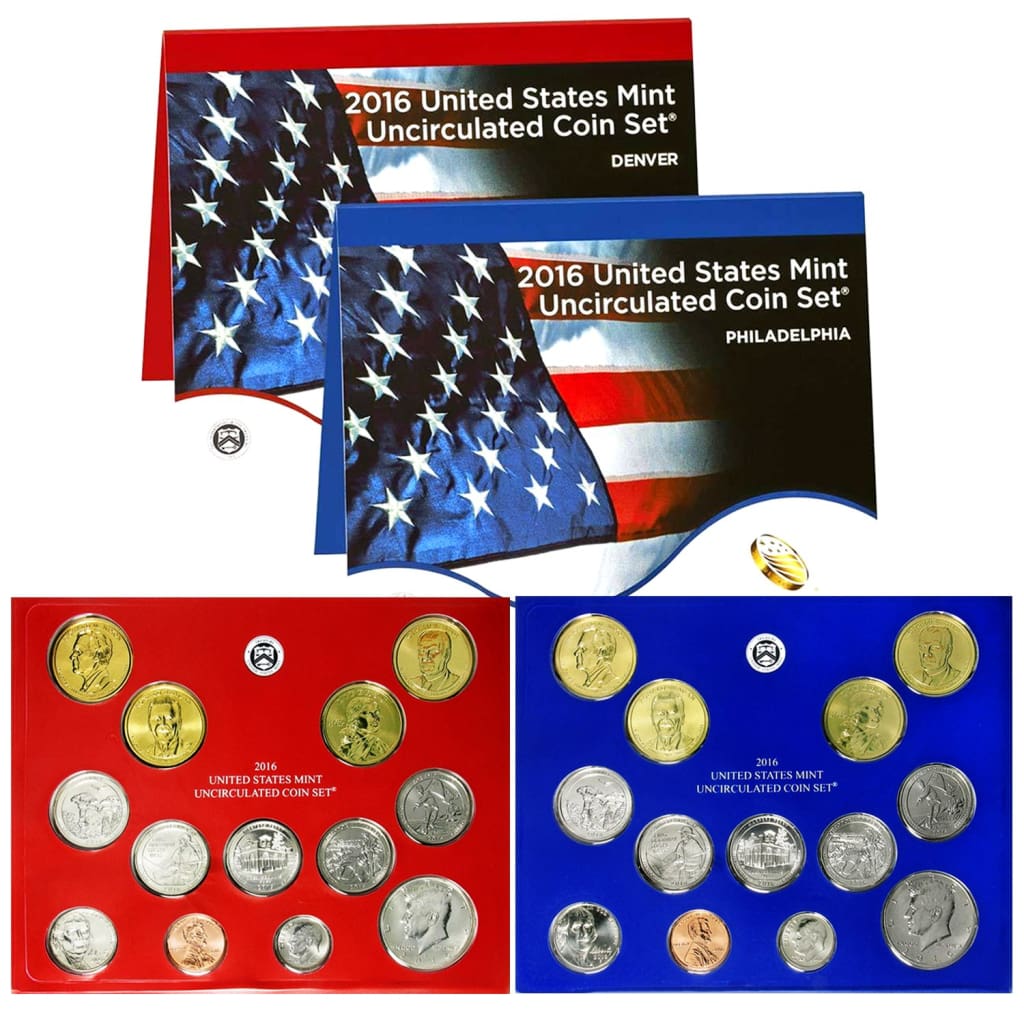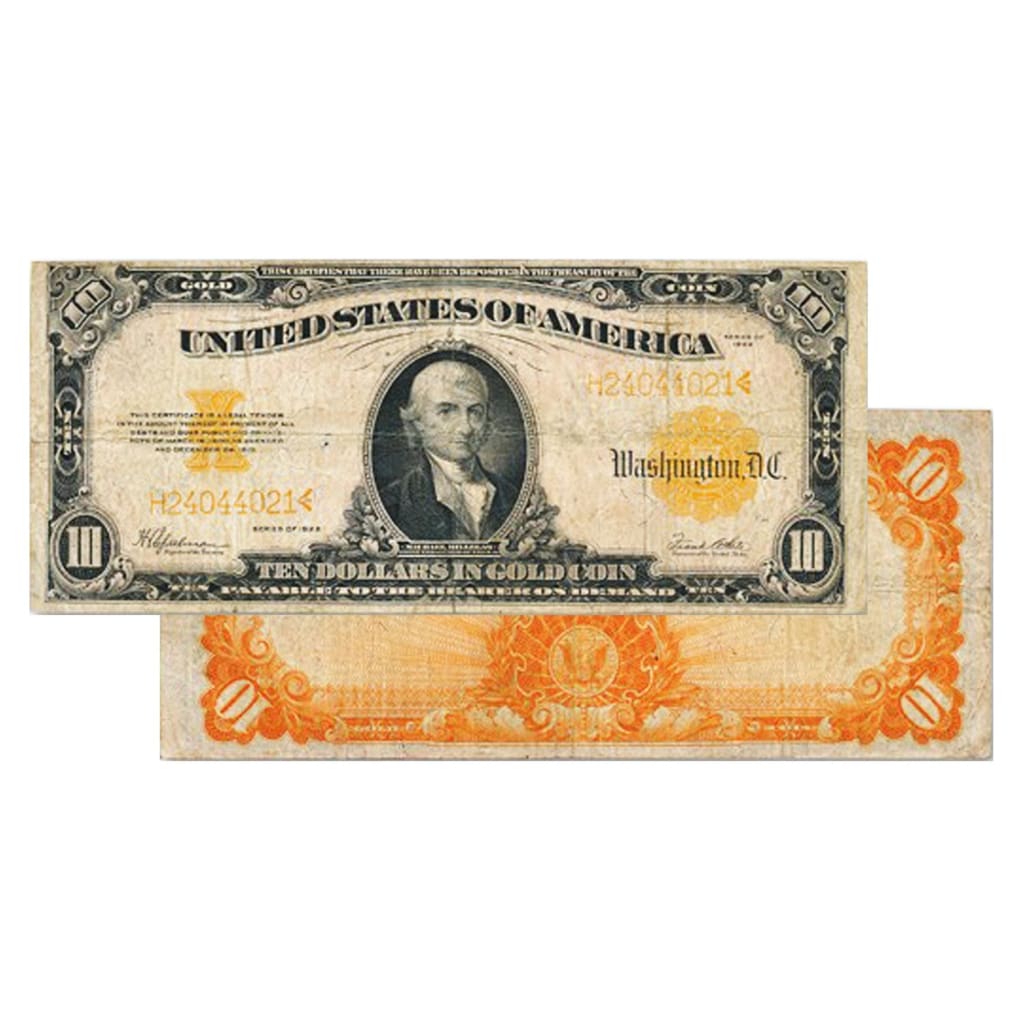While the Rupiah is the official currency of Indonesia today, the origins of this country’s currency dates back to the early colonial period in history. The first coin like currency used by the natives appeared around the ninth century formed from beads. Gold and silver coins wouldn’t appear until the arrival of Europeans in the twelfth and thirteenth centuries.
A brief history of Indonesia
The island chain of Indonesia has been ruled by several different nations from the colonial period all the way up until Post-WWII. The first form of bank note currency that existed in Indonesia wasn’t the Rupiah, it was actually the Duit, which was the currency of the Dutch East Indies Trading Company, the quasi business nation that ruled over Indonesia before becoming nationalized by the Dutch in the 1800′s who then introduced their own currency the Gulden.
During WWII when the islands were occupied by the Japanese, they issued their own form of the Gulden, after liquidating the Dutch national banks on the island chains, which lead to the economy becoming destabilized from the Japanese over-printing the money. However, as the war continued, the Japanese shifted tactics and began encouraging Indonesian nationalism and independence. They issued a second printing of their money, this time in the native language, and it was called the Netherland Indies Roepiah. Which can be seen as the pre-cursor to the Rupiah today.
Post WWII and the Indonesian Rupiah Today
After WWII, the Indonesians rebelled against the Allied re-occupation, and refused to used the Allied issued Gulden and continued to use the Japanese bank notes along with locally printed money. This is the first appearance of the Rupiah, which was produced in Java, one of the larger islands in the chain. After a long and drawn out struggle with the Dutch and the Allies, Indonesia’s independence was finally recognized, and the Rupiah was born. Afterwards, the Rupiah has experienced varying levels of instability from the mid to late-20th century. Today, the currency has lost most of its value due to the country still having not recovered from the Asian financial crisis in ’98-’99.
Today, the country plans on redenominating the currency to strike several zeroes from the currency to streamline ease of use, since most transactions with the Rupiah today is in the several thousands. While some are concerned that this will further devalue the currency, the head of the national bank stated that this is simply to make day-to-day transactions easier. So, from what we can tell, the currency in it’s current form is becoming closer to a collectible each day.
If you’re curious about the currency, or are looking to include another artistic bank note to your collection, we carry a wide variety of Rupiahs, and, like we’ve stated with our other foreign bank notes. Great American Coins is a purveyor of numismatic collectibles, we do not sell any currency on a speculation basis, it is for collection only.
Gary Dyner is the owner of Great American Coin Company. Connect with him on Google+.





